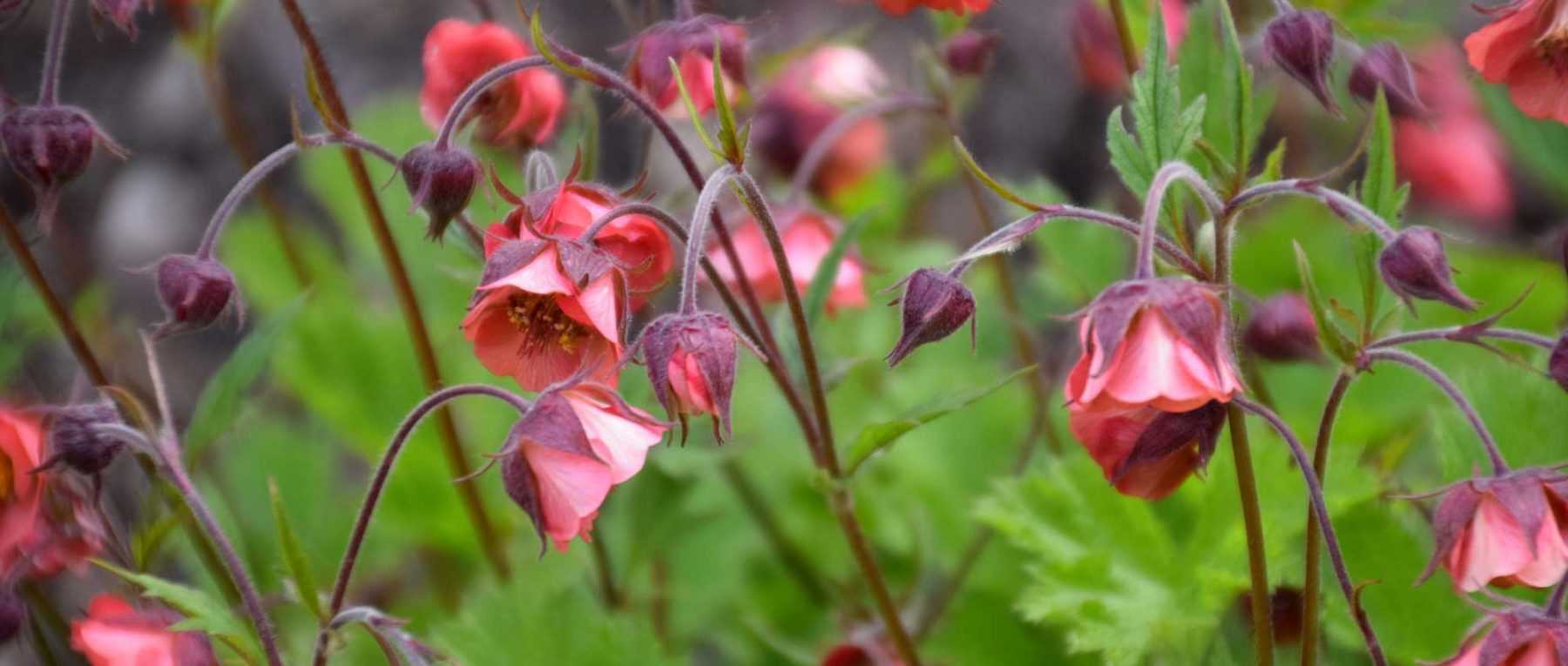
Geums or Avens: Planting, Growing and Caring
Contents
Benedictas in a few words
- Avens offer vibrant blooms, often in shades of yellow, orange or red.
- Some varieties feature particularly delicate and subtle flowers
- Their slender stems and airy flowering bring lightness to flower beds!
- Perfect for mixed borders, they combine easily with other perennials.
- Easy to grow, these are completely hardy plants with good disease resistance!
Our Expert's Word
Avens are lovely perennials that offer a splendid display of colourful blooms in late spring and early summer, in warm tones: orange, yellow, red, cream, sometimes purplish… They have the advantage of bringing both brightness and warmth to flower beds, along with a great sense of lightness. Discover the vibrant blooms of Geum coccineum or Geum chiloense, including the striking ‘Mrs Bradshaw’ variety, renowned for its vivid red flowers. With their slender, upright stems bearing brightly coloured flowers, avens are perfect for creating bouquets. Plus, some varieties even offer repeat flowering!
Fairly easy to grow, avens are undemanding plants. They thrive in partial shade, in fresh, well-drained soil. Some, like Geum rivale, are suited to moist soils. They require little maintenance, tolerate competition from other perennials well, and can be propagated by seed or clump division.
Avens are plants that have long been found in gardens but have been given a new lease of life with recent cultivars boasting vibrant colours. The orange-flowered varieties fit effortlessly into contemporary gardens, creating dynamic-toned borders. Their free-growing habit allows for interesting structural effects, adding a light, airy quality that can contrast beautifully with more rigid, upright forms.
Botany
Botanical data
- Latin name Geum sp.
- Family Rosaceae
- Common name Avens
- Flowering from May to July-August
- Height often less than 60 cm
- Exposure partial shade
- Soil type moist but well-drained, rich in humus
- Hardiness between –15 and –30 °C
Avens (Geum) are perennial, often rhizomatous plants comprising between 30 and 40 species native to Europe, as well as Asia, Africa, and America. For example, Geum chiloense originates from Chiloé Island off the coast of Chile. In France, the most common species is Geum urbanum, which grows in hedgerows and woodlands, as well as in wastelands. Other species include the Water Avens (Geum rivale) and Alpine Avens (Geum montanum). Their species names often indicate their natural habitat. Thus, Geum urbanum frequently grows in urban wastelands, Geum rivale thrives in moist soils, particularly along stream banks, and Geum montanum grows at high altitudes in meadows and rocky areas. Geum rivale is protected in several French regions.
Avens belong to the large Rosaceae family, which includes over 3,000 species. This is the family of roses and most fruit trees (plum, cherry, apple, peach…). Avens are also cousins to cinquefoils and strawberries.
Etymologically, the scientific name Geum comes from the Greek geno, meaning “to give taste, season, enhance,” as the rhizome has a clove-like fragrance (it can be used to flavour dishes or drinks). In French, the plant is called “Benoîte” in homage to Saint Benedict, the saint who founded the Benedictine order. Geum urbanum is sometimes referred to as Herbe de Saint-Benoit (St. Benedict’s Herb).
Avens form clumps: they consist of a basal rosette of leaves, from which upright, flexible stems emerge, bearing flowers at their tips. These stems are slender and more or less branched depending on the variety. They are sometimes reddish-purple, a dark hue that further highlights the blooms. Avens are pubescent plants (especially Geum rivale!): the stems, sepals, and undersides of leaves are often covered in hairs.
Avens grow up to 60 centimetres tall. Geum reptans (creeping avens) and Geum montanum are among the shortest, rarely exceeding 15 centimetres in height. Some species, like Geum rivale or Geum reptans, spread by producing stolons (flexible stems that root upon contact with the soil).
Avens flower from May, continuing until July-August for most varieties. Those derived from Geum chiloense bloom slightly later, often from June to September. Some avens are particularly prized for their repeat-flowering! Examples include ‘Feuermeer’, ‘Mai Tai’, and ‘Flames of Passion’.
Avens bear flowers at the ends of long, slender, branched stems. The flowers may be solitary or clustered in corymbs. Botanical species typically have single flowers, but there are many double or semi-double varieties. In Geum urbanum, the flowers consist of five petals, characteristic of the Rosaceae family, surrounded by five triangular sepals. The petals are sometimes crinkled, as in Geum ‘Bell Bank’. The flowers feature numerous stamens at their centre, often quite decorative.
The flowers measure between 2 and 5 centimetres in diameter. Those of Geum rivale are smaller (up to 2 centimetres). They are often cup-shaped. The flowers are usually upright but can also be nodding, facing downward, as in Geum rivale.
Avens offer a beautiful diversity of colours! There are many varieties with striking blooms: golden yellow, bright orange, or scarlet red… Perfect for adding vibrancy to a flower bed! Geum coccineum and Geum chiloense are impressive for their vivid hues—hence the name “Scarlet Avens” for Geum coccineum. Other species are appreciated for their delicate, airy blooms with more subdued tones, such as Geum rivale or Geum ‘Cosmopolitan’.
Avens have semi-evergreen foliage. The leaves are often arranged in a basal rosette (attached to the base of the plant) and can grow up to 25-30 centimetres long. They are divided into lobes of varying sizes, giving them an irregular appearance. The leaflets have serrated edges. Terminal leaflets are larger than the others. At the base of the petiole (the segment attaching the leaf to the stem), avens often bear large stipules resembling leaves. The leaves are typically bright green. They can also be surprisingly luminous, as in Geum ‘Eos’, where they take on a stunning golden-yellow hue!
Avens form clumps growing from a rhizome (an underground stem growing horizontally), allowing them to spread. In Geum urbanum, this rhizome is used for its aromatic and medicinal properties.
After flowering, avens produce fruits composed of numerous rounded, clustered achenes, sometimes feathery. In Geum urbanum, these achenes have small hooks, enabling them to cling to animal fur for dispersal.


Fruits and achenes of Avens: those of Geum urbanum, with hooks / Geum rivale (photo H. Zell) / Geum triflorum (photo Aaron Carlson)
Botanical Species
- Geum urbanum
Common Avens has beautiful, simple yellow flowers with five petals and bright green foliage. Its roots and leaves can be used for their medicinal and aromatic properties. It grows wild in France in wastelands, hedgerows, and forest edges.
- Geum coccineum
Scarlet Avens, or Orange Avens, is native to the Balkans. It bears bright orange flowers with yellow stamens. The most widespread variety is ‘Borisii’. Geum coccineum has also given rise to some unique varieties, such as ‘Eos’, which has very luminous, almost yellow foliage.
- Geum chiloense
This avens comes from Chiloé Island off the coast of Chile. Its flowering period, from June to September, is slightly later than other species. The bright red flowers are borne on branched stems. It has large leaves, reaching up to 30 centimetres in length.
- Geum rivale
This is the Water Avens. In France, it is found near streams and in damp areas, mainly in mountainous regions. It bears exquisite cream-orange flowers tinged with red, nodding toward the ground. The stems and sepals have a lovely reddish-brown hue. A more delicate bloom than other species.
The main varieties of Geum

Geum Banana Daiquiri
- Flowering time June to August
- Height at maturity 40 cm
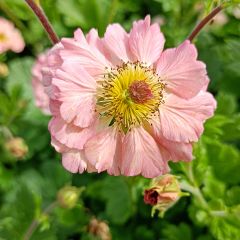
Geum rivale Mai tai
- Flowering time June to September
- Height at maturity 45 cm

Geum Prinses Juliana
- Flowering time June to October
- Height at maturity 40 cm

Geum Cosmopolitan
- Flowering time June, July
- Height at maturity 60 cm
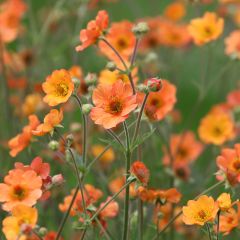
Geum Totally Tangerine
- Flowering time June to August
- Height at maturity 75 cm
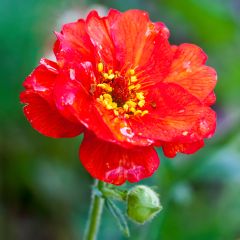
Geum chiloense Mrs Bradshaw
- Flowering time June, July
- Height at maturity 50 cm

Geum coccineum Borisii
- Flowering time June to October
- Height at maturity 40 cm
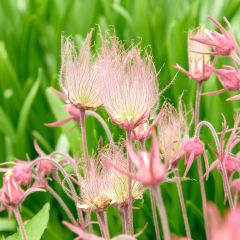
Geum triflorum
- Flowering time June to August
- Height at maturity 50 cm

Geum Eos
- Flowering time June to August
- Height at maturity 30 cm

Geum rivale Leonards Variety
- Flowering time June to August
- Height at maturity 45 cm
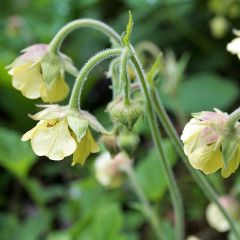
Geum rivale Lemon Drops
- Flowering time June to August
- Height at maturity 25 cm

Geum Bell Bank
- Flowering time June to August
- Height at maturity 40 cm
Discover other Geum - Avens
Planting Geum
Where to plant?
Ideally, plant Avens in partial shade, although this also depends on your geographical location: if you live in northern France, it’s best to plant them in full sun, whereas in the south, they will prefer shade. In hot climates, choose a spot that is shaded during the afternoon. They appreciate good light but dislike scorching sun. Be careful with varieties with light foliage, such as ‘Eos’: direct sunlight could scorch their leaves. In this case, opt for a shadier position.
The substrate must be well-drained to prevent water from stagnating in winter and causing root rot. Conversely, Geum rivale thrives in moist soils as, in the wild, it grows along streams and in waterlogged ground.
Plant Avens in fertile soil rich in organic matter. Don’t hesitate to add well-rotted compost at planting time.
Avens also appreciate neutral or slightly acidic soils. However, they can tolerate chalky soils.
Avens are quite adaptable to mountain gardens, as they are fairly hardy. Several species (Geum montanum…) actually originate from mountainous regions. However, if you live at high altitude, ensure the substrate is sufficiently well-drained, as the plant will struggle to cope with cold if there is also stagnant moisture in winter.
When to plant?
Plant Avens preferably in spring, around April. It’s also possible to plant them in autumn, in October or November. Avoid frosty periods at all costs.
How to plant?
We recommend planting Avens in groups of at least three or five plants, possibly mixing different varieties. Space them 40 to 50 centimetres apart.
- Arrange the plants on the ground to visualise your desired layout.
- Dig a hole wide enough and add some well-rotted compost.
- Plant your Avens, then backfill around each root ball.
- Firm gently with the palm of your hand.
- Water thoroughly.
Maintain regular watering during the first few weeks after planting to ensure the plants establish well.
Also check out our video guide: How to plant perennials?
Maintenance
Avens plants generally remain in place for several years without requiring much maintenance. However, we recommend watering them during summer and in dry spells, especially in the first year. Water avens (Geum rivale) more vigilantly, as it requires more moisture. Water it as soon as the soil begins to dry out. We also suggest regularly removing faded flowers to encourage new blooms and prolong flowering. However, you may choose to leave some on the plant to enjoy the decorative seed heads, particularly in varieties with feathery achenes (such as Geum triflorum!). In spring, you can also trim back any dried leaves.
It’s best to divide avens every three years. This will rejuvenate and aerate the clumps. You can replant the divisions elsewhere in the garden or share them with friends. Stake taller varieties if they are exposed to strong winds. Applying mulch around the base in autumn helps retain soil moisture and reduces weeding.
Avens (especially Geum urbanum and Geum rivale) tend to spread via rhizomes and stolons. To control their growth, prune back roots, remove excess plants, and deadhead spent flowers to prevent self-seeding.
Avens are easy-going plants and rarely affected by diseases. Occasionally, they may suffer from powdery mildew or downy mildew. In damp conditions, grey mould (Botrytis) can occur—if so, relocate the plant to better-drained soil or add a gravel layer. Sawfly larvae (Hymenoptera) may sometimes nibble the leaves. Remove them by hand and cut away heavily damaged foliage, then spray with insecticidal soap.
Propagation
Sowing
You can sow avens seeds, but germination is somewhat unpredictable. To obtain plants identical to the parent plant, opt for botanical species rather than horticultural hybrids. Sow in spring. Sometimes avens self-seed naturally – take advantage of this to collect young seedlings.
- Fill a seed tray with compost, then lightly firm and water.
- Scatter the seeds on the surface.
- Cover with a very fine layer of compost.
- Place the tray under shelter.
- After one to two months, transplant the young seedlings into individual pots
- Plant out in autumn.
Division
Propagate avens by division in spring or autumn. We recommend doing this every three years at least to rejuvenate your plants. This helps aerate and revitalise them, preventing flowering from declining. Start by identifying the densest clumps. Carefully dig around them, then lift a plant with roots by separating it from the main clump. Replant in a new location (or in a pot), firm in and water generously.
Association
Geums are delicate, low-growing and airy perennials. Place them at the front of a flower bed, in front of more imposing plants. Create contrast with coarser, less divided foliage, such as heucheras, bergenias, euphorbias or lady’s mantle. Avens will add a pleasant splash of colour, beautifully enhancing the flower bed.
They look best planted in groups rather than as single specimens. Don’t hesitate to combine different varieties – their warm colours will harmonise effortlessly. Use avens to create a vibrant, luminous border with dazzling hues. Pair them with other warm-toned flowers: poppies, yarrows, crocosmias, marguerites, wallflowers… These bright shades will bring vitality to your garden!
Take advantage of the avens’ light and airy habit to play with shapes. You can plant them at the edge of a flower bed to create a lovely contrast with the straight, well-maintained lines of a lawn. In a highly structured garden, avens will add an irresistible touch of poetry and delicacy! Pair them with fountain grasses, meadow rues (Thalictrum), columbines or masterworts.
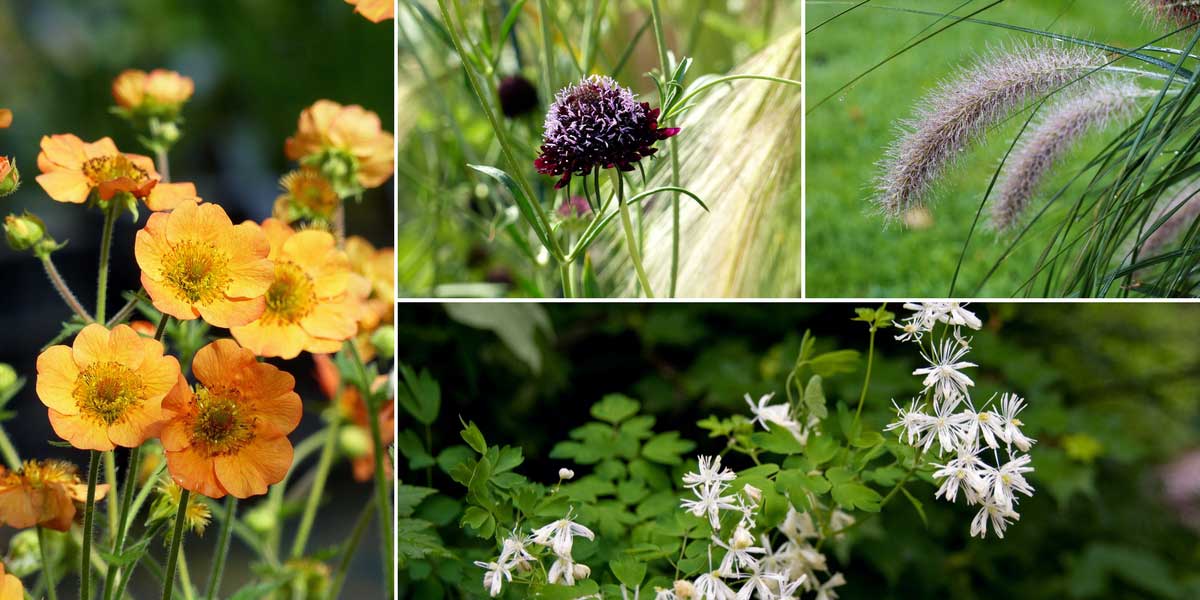

Combine Geums with other airy blooms! Geum ‘Totally Tangerine’, Scabiosa atropurpurea ‘Chile Black’, Pennisetum alopecuroides (photo Dominicus Johannes Bergsma) and Thalictrum aquilegifolium
Avens fit perfectly into a naturalistic garden, as their slender stems and airy blooms, with their free-spirited habit, give them a wild charm! Their spontaneous appearance blends wonderfully into a cottage-style garden. We recommend planting them alongside grasses, yarrows, poppies or burnets.
Some avens adapt very well to rock gardens. This is the case, for example, with the small Geum montanum and Geum reptans. You could also choose the ‘Mai Tai’ variety, which is easier to find in cultivation. Pair them with other rock garden plants, such as Arenaria montana, pinks, saxifrages or sedums. Conversely, the water avens (Geum rivale) thrives in damp soil. You can plant it near a pond, for example, with ferns, horsetails, yellow flag irises, Asiatic primroses…
For a very romantic flower bed, plant your avens at the foot of rose bushes! Choose varieties with delicate blooms, such as Geum ‘Cosmopolitan’, whose flowers display subtle shades of creamy white and pink. Accompany them with other soft-toned flowers: clematis, masterworts, burnets, poppies…


You can plant avens at the base of roses, alongside other delicate blooms like masterworts! Geum ‘Mai Tai’, Rosa ‘Munstead Wood’ and Astrantia major ‘Rosea’
→ Discover more planting ideas with avens
Did you know?
Uses and Properties of Wood Avens Geum urbanum
The leaves of Wood Avens are edible and can be added to salads. The root is aromatic and can be used as a substitute for cloves. It’s also possible to make Wood Avens wine or liqueur, or use the roots to flavour beer. Wood Avens is traditionally used to relieve toothache, treat diarrhoea, and for its antiseptic properties.
Useful resources
- Discover our range of avens!
- An article by Ingrid on our blog – Avens or Geum: A Charming Perennial to Rediscover!
- An inspirational idea for pairing avens: Naturalistic Garden Ambience!
- Our video advice: How to Plant Perennials
- Our advice sheet: Geum, Avens – How to Choose?
Frequently asked questions
-
The leaves of my geum are full of holes and appear to be nibbled!
The culprits are likely sawflies, the larvae of hymenopterans, which closely resemble caterpillars. They feed on the leaves. To get rid of them, spray with black soap or a pyrethrum-based treatment after removing and burning the most affected parts of the plant.
-
My lady's mantle plants are producing fewer and fewer flowers. What should I do?
After a few years, clump-forming avens plants tend to weaken. They should then be divided (on average every three years) to aerate the clumps, rejuvenate them and thus restore their vigour. Carry out this task in autumn or spring, taking care to keep as many roots as possible on each divided plant. Replant in a new location and water well.
- Subscribe!
- Contents


































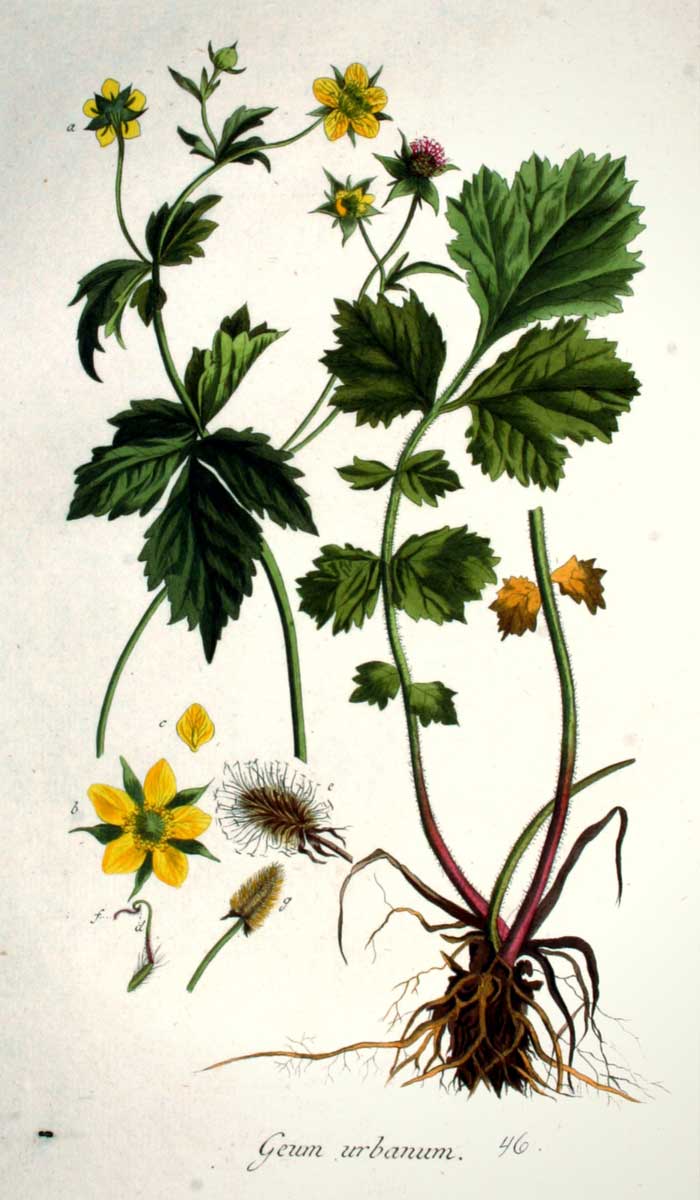

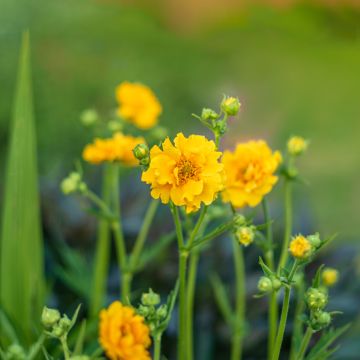





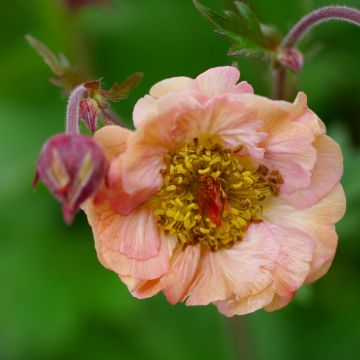
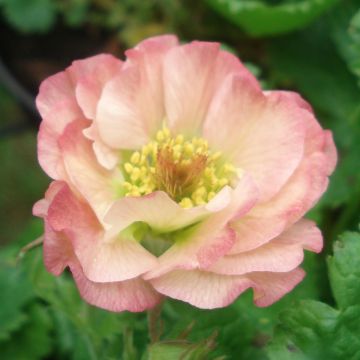
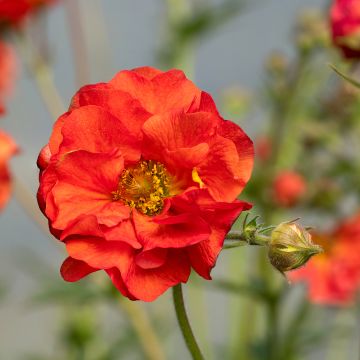
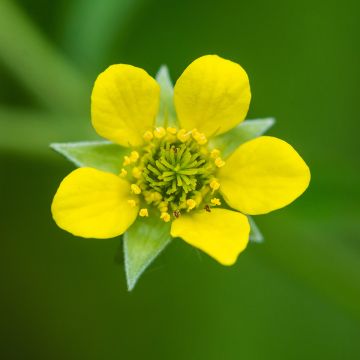
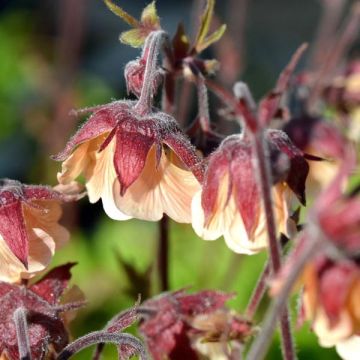
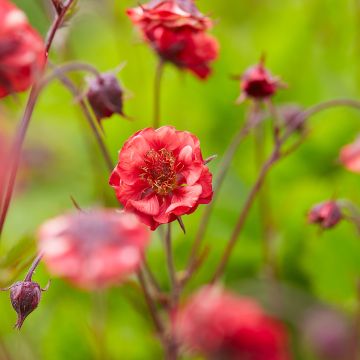
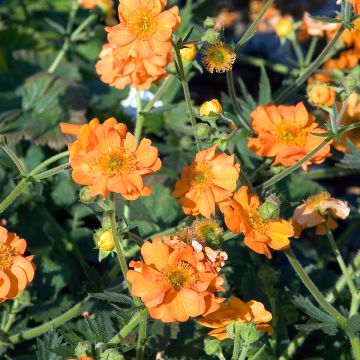
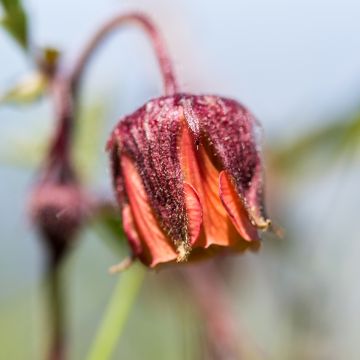

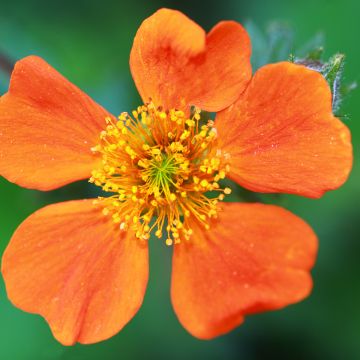
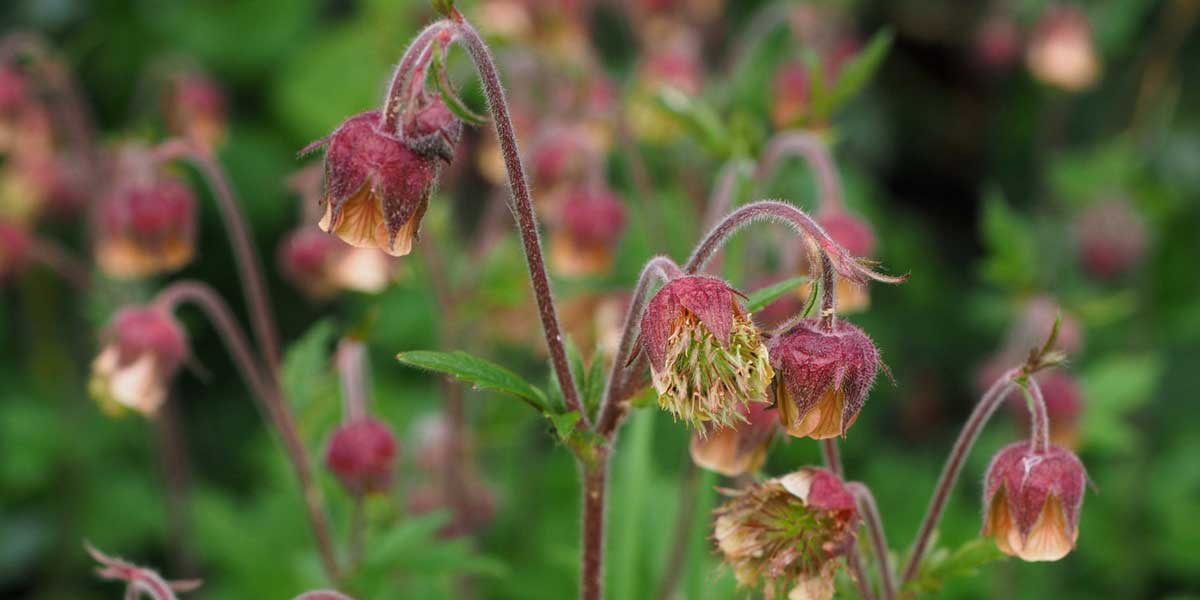
Comments